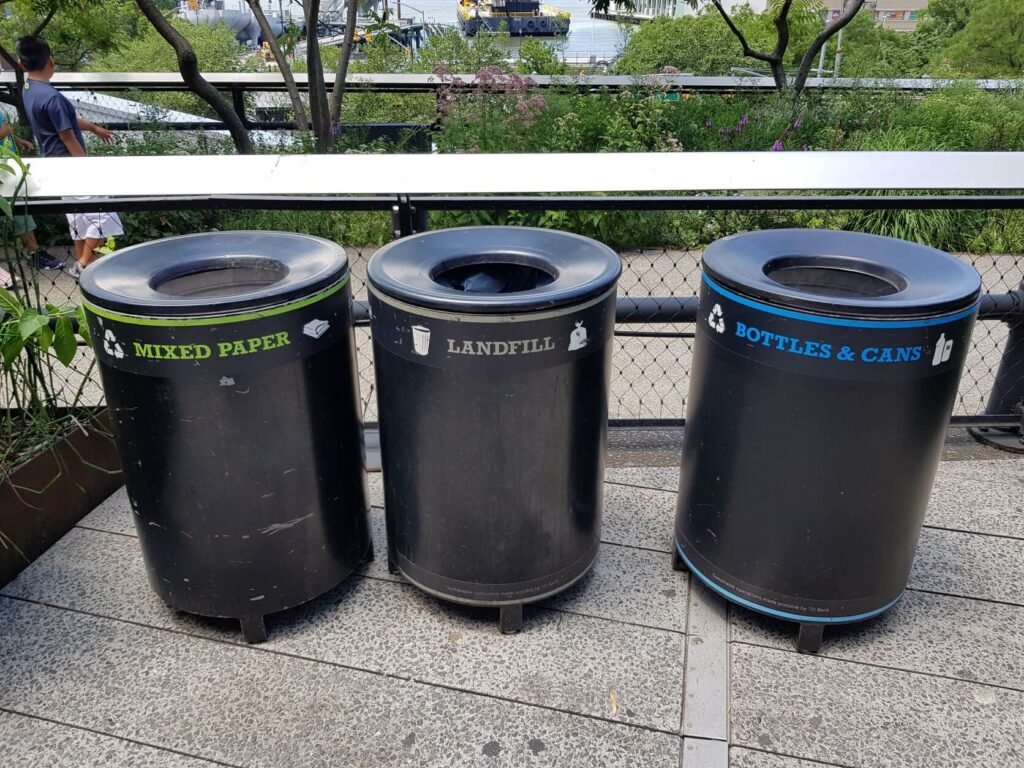On 16 March 2022, the 6e annual meeting of the PUMA project took place, Live Hybrid from the Van der Valk Hotel in Dordrecht. Live Hybrid means that 1/3 of the more than one hundred participants were physically present in the hotel, while the other 2/3 participated real-time and interactively from around the world.
Together they focused on two important dossiers in the packaging environment issue. How do we better understand the material flows of emptied packaging for better recycling? How do we produce 150 million tons of packaging plastics without CO2 emissions and thus, for example, ‘bio-based’?



Why PUMA?
Initiated by NVC in 2016, the PUMA project has grown into the collective effort of the entire business packaging community to end packaging as a global environmental problem. Packaging has been around since ancient times, but the 20e century has seen a dramatic acceleration. The world now packs at least 320,000 products per second, resulting in as many emptied packages later in time and in a different location. This has led to major environmental concerns. The packaging sector will retain its societal “license to operate” only if these concerns are properly addressed.
At the heart of PUMA is a holistic view of packaging, combined with the belief that by working together, exchanging information and innovating, we should be able to leave packaging’s environmental problems behind us. This insight was also expressed by keynote speaker Philippe Blank from Henkel. He showed how PUMA as a “third dimension” is literally and figuratively guiding the thinking about packaging recycling or circular economy.
PUMA also stands for global cooperation based on mutual respect and understanding. This is the reason why the PUMA MANIFESTO is released in multiple languages. This meeting introduced the Korean edition of the manifesto. The first three printed copies were handed over live with a special live hybrid gimmick from Dordrecht to Korean co-authors Younjung Choi (University of Twente in Enschede) and Junmo Kwo and Demi Woo (KraftHeinz in Chicago, USA).
Coding emptied (plastic) containers for recycling: less is more
One of the challenges is to combat the chaos that occurs after packaged products are delivered to the consumer-user. Over time, all the emptied packaging materials return, but in a different location and in a disordered state.

Worldwide, there are two initiatives to create order by coding plastic packaging in particular: Holy Grail 2.0 (with Digimarc Corporation in particular as technology driver) and Food2Food 2.0 (technology driver FiliGrade).
Both explained their ongoing pilot projects in detail in parallel session A. of the meeting, led by manager NVC Information Services Helen Crowe.
Then came the moment of truth: pilot projects are nice, but when are we going to implement all this beauty as a packaging world? The following proposition was put on the table: “Coding of plastic packs for better Collect-Control and Backend processing must be implemented worldwide in the year 2025”.
The result was general unanimity: everyone thought this should be the case. From PUMA’s perspective, the conclusion was therefore clear: it is now a matter of quickly defining a limited number of flows for the backend, so that the coding and the Collect-Control can be brought into line with them: less is more.
150 million tons per year of biobased plastic packaging: why not?
Global consumption of plastic packaging is currently about 150 million tons per year. For the enthusiast: that is fifty times 150 billion bottles of 20 grams per year. It is expected to double in the next ten years.
In this respect, packaging applications appear to be gaining in importance compared to transport applications such as petrol or fuel oil, where electrification is slowing down demand (growth). The market share of bio-based plastics is minuscule compared to what is produced from pumped up petroleum: less than 1%.
From PUMA’s perspective, it is clear that recycling alone can never be the solution; we cannot “recycle our way out of environmental problems. Parallel session B. therefore put the question at the center, whether and if so how we could make the standard plastics PE, PP, PET and perhaps PLA and PEF based on renewable resources in large quantities.

The session started with a thought experiment by Serra Anker, graduate student at the NVC on this topic. Suppose the Markerwaard were to be reclaimed and planted with forest, how much plastic packaging material could be produced annually? At least one million tons per year would be feasible: at current raw material prices this would represent an annual turnover of about €1 billion.
Speakers and participants from Avantium (Bart Langius), TotalCorbion (Martin Doornheim), Novamont (Henk Vooijs) and Braskem (Martin Clemesha) completed the picture of bio-based plastics production: a rapidly growing market, but still limited in relative size. For PET, a decline is even expected, in favor of PEF. So the session’s proposition did set tongues wagging: “In the year 2030, 50% of the production of materials for plastic packaging can be bio-based”.
An astonishing proportion of the participants, just over half, agreed with the statement. But as if the participants were shocked by their own voting behavior, many hastened to mention that such a percentage of bio-based plastics would surely not be achieved by 2030. Whereupon the PUMA question followed: why not?
On the way to the PUMA world conference
Finally, the attendees cast a glance at the coming year, which will be marked by the upcoming PUMA World Conference, May 3, 2023 in Düsseldorf, Germany. There it will become clear how far the world has progressed towards the end of packaging as an environmental problem.
The conference is also the kick-off for seven days of packaging trade fair Interpack, in the same city, from 4-10 May 2023. A special PUMA/NVC booth there will support visitors and exhibitors at the fair with information and be the meeting point for everyone who cares about PUMA – and our beautiful planet Earth.
DOWNLOAD HERE A FREE COPY OF PACKAGING INTERNATIONAL 2-2022
by Michael Nieuwesteeg, Helen Crowe, Serra Anker*

